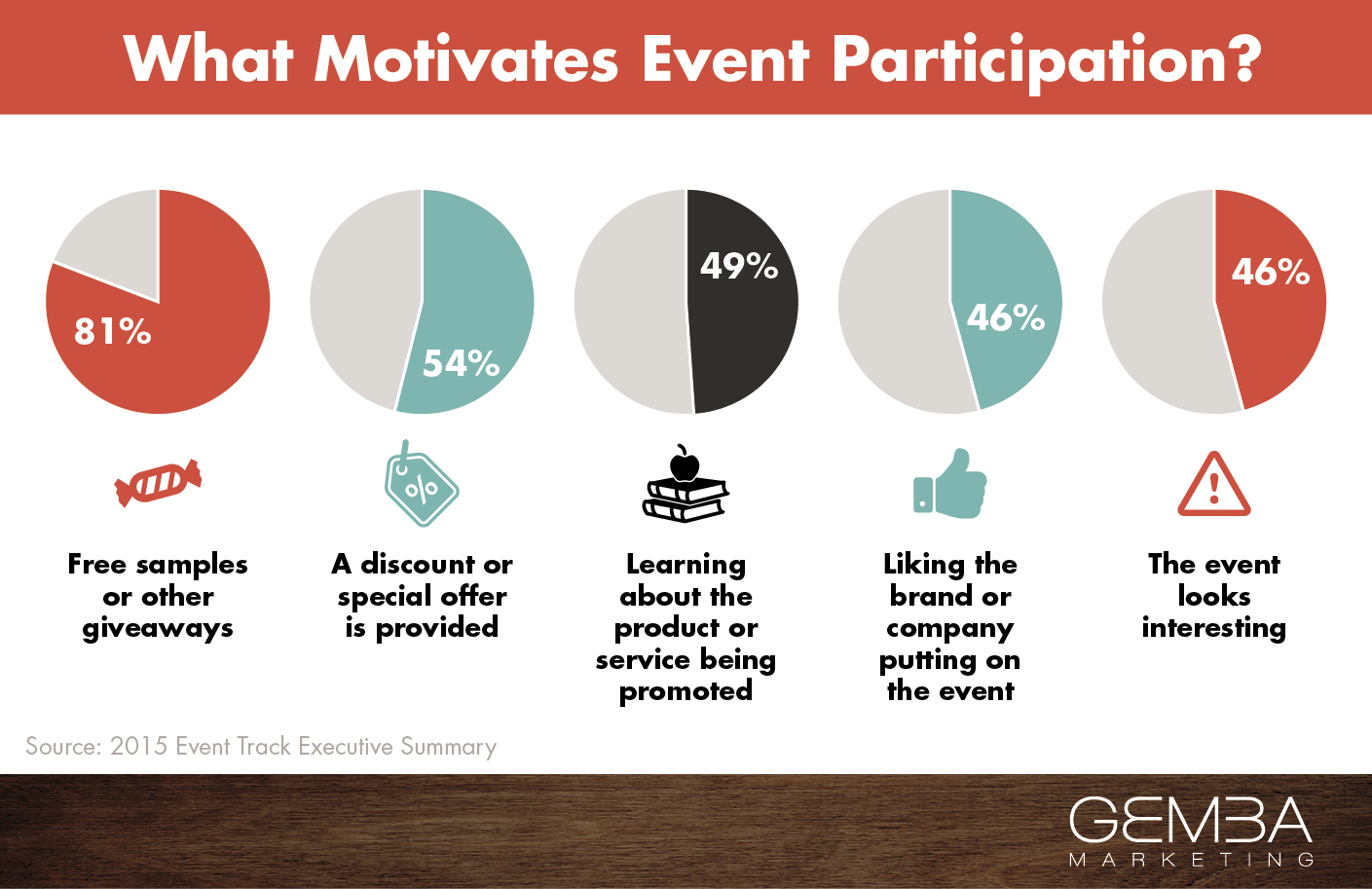Why experiential marketing? What’s it going to do for me? Why should I use it? And was One Direction’s hiatus/break-up really inevitable? These are the questions people are asking. I can’t speak to that last one (at least not yet—critical analysis at this juncture would be purely speculative), but I’ll take a crack at the others.
Let me paint you a little picture of the barren, desolate landscape that would be a world without experiential. You would buy groceries at a store utterly bereft of free samples. We would sit joyless in sports stadiums with nary a T-shirt cannon in sight. And without vending machines that take hugs instead of change, Twitter-powered water fountains, and this garden made entirely out of cake, what would we spread around on social media? Minion memes? I’d rather die.
If answering “Why experiential?” with “Because of free samples,” “Because of the Internet,” or “Because of the minion memes” isn’t good enough for you, check out these stats and trends from the 2015 Event Track Summary, courtesy of the Event Marketing Institute:
First and foremost, the biggest thing people want out of experiential marketing is to increase/create brand awareness. 81% of brand respondents said they want people to know who they are what they are about. It’s no coincidence, then, that experiential is on the rise: 79% of brands said they’ll be executing more experiential events this year compared to last.
By far the most popular criteria for assessing an event’s impact this year has been total attendance. 85% of brands are measuring success by how many people hug their vending machines or eat their cake gardens.
Events improve brand perception. The numbers say that’s a fact. 74% of participants have a more positive opinion about the company following an experience, and why wouldn’t they? We’re Tweeting for water. We’re paying for snacks with pictures on our phones. The future is now, and it’s glorious.
Events are important (65% of consumers make their purchases in the heat of the moment), but it’s after the fact that a brand leaves its most lasting impact. 87% purchase again at a later time, 70% are likely to become regular customers, and 96% are talking about the experience afterward, both in-person and digitally, because that’s pretty much the whole point of the Internet.
So the world runs on the inexhaustible fuel of experiential. You’re with me on that? You’re there? Good. But how do you get the people there in the first place? Well…

What’s noteworthy here is that participation is mostly rooted in the acquisition of free stuff. (We’re people. We love free stuff.) But, beyond the free samples factor, what is it that drives purchase intent and word-of-mouth impressions in such massive percentages? It’s this: 78% liked that they got to try the product out beforehand. 57% had a better understanding of the product or service. 50% felt the company believed in their product enough to let people test it out.
Give the people a free sample, and the people will come. But show the people that you’re a brand that’s worth their time, and the people will come back. That’s why experiential.
